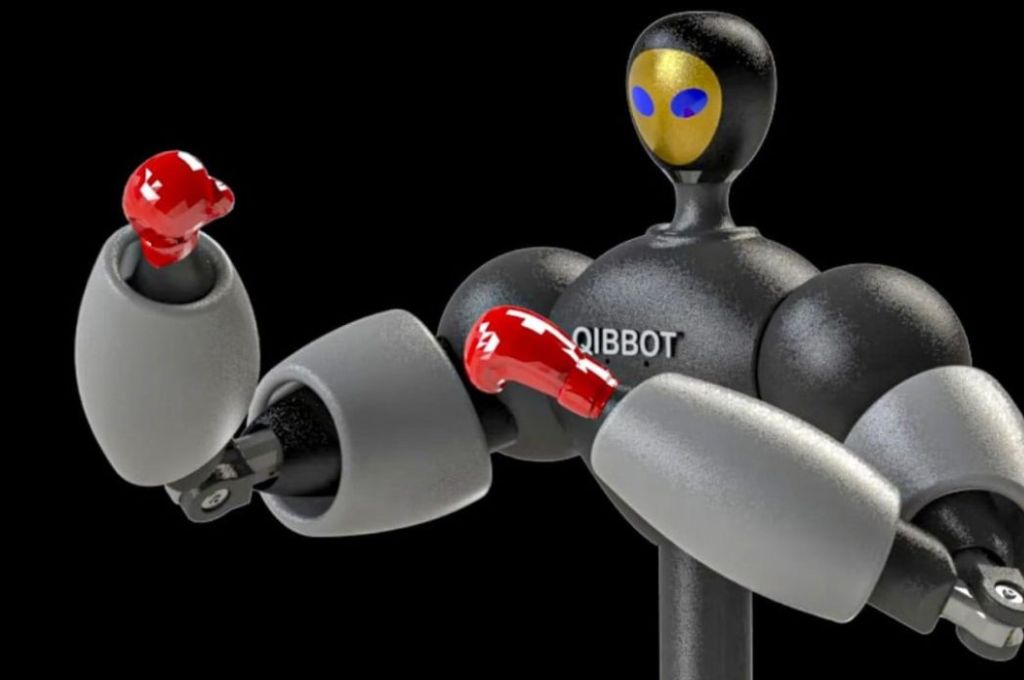From the silver screens of Hollywood to real-life mechanical prowess, the thrilling scenes from the sci-fi blockbuster Real Steel have come alive. The Chinese engineering team from the Qibo Robot Company in Shandong province has created a spectacular piece of technology — the Qibbot, a teleoperated robot that mimics the agile movements of a human fighter.
In the 2011 hit movie Real Steel, viewers witnessed the exhilarating boxing matches between colossal robots, commanded by their human handlers. This awe-inspiring spectacle, once a product of cinematic fiction, has been ingeniously transformed into reality by the Chinese engineers.
Echoing the story of the underdog protagonist Charlie, portrayed by Hugh Jackman in the film, Qibbot’s operators control it from the sidelines, guiding its every action just as a ringside coach would. This one-armed robot, designed to replicate the swift movements of a human fighter, has already gained considerable attention online, racking up thousands of views on its demonstration video.
What sets Qibbot apart in the world of teleoperated robots is its astonishingly low latency or response delay time. Its creators claim it to be the world’s fastest telerobot with an extraordinary response time of only 12 milliseconds — a benchmark in teleoperated robot systems.
Responsiveness to operator’s actions, not speed itself, poses the primary technical challenge for rapid teleoperated robots. In high-stakes applications like sports competitions, crime-fighting, or military operations, even a minimal delay in the robot’s response time can yield disastrous consequences.
Qibo Robot Company’s founder, Geng Tao, shared that most teleoperated robots worldwide are designed for medium to low-speed tasks, with response delays typically exceeding 100 milliseconds. However, Qibbot breaks the mold with its impressive latency of just 12 milliseconds during high-speed operations, a delay so minute that operators can barely perceive it.
Addressing mechanical and controller challenges were the primary focuses of the Qibbot team to achieve such speed and performance. To combat system delays, Geng and his team implemented a “feed-forward” controller in addition to the traditional feedback controller, which predicts and preemptively responds to potential delays.
Standing 1.9 meters tall and weighing 140kg, Qibbot is not your conventional industrial robot. It’s a futuristic mechanical marvel with agility akin to Boston Dynamics’ humanoid robot Atlas. Geng and his team aim to continually innovate and further enhance Qibbot with two arms, additional joints, and smoother movements by the end of the year.
The makers of Qibbot envision a future where such swift teleoperated robots will not only enhance production efficiency but also play significant roles in emergency and hazardous situations like crime-fighting and military operations. This news is based on an article published on thestar.com.my.

















